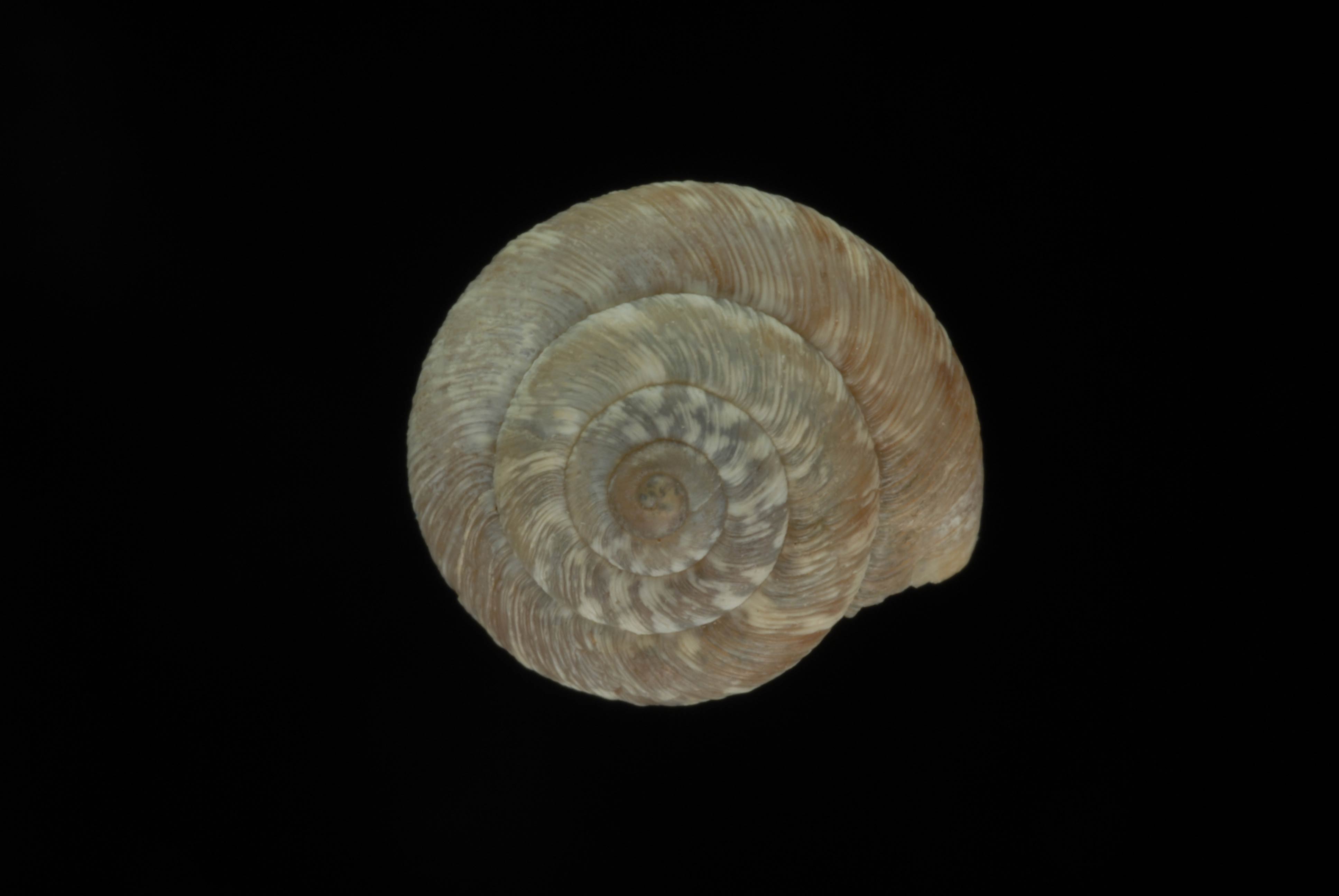Xerotricha conspurcata
|
Xerotricha conspurcata. (Photo: © L. Buss, University of Florida) |
|
Xerotricha conspurcata. (Photo: © L. Buss, University of Florida) |
|
Xerotricha conspurcata. (Photo: © L. Buss, University of Florida) |
Family
Hygromiidae
Species
Xerotricha conspurcata Draparnaud, 1801
Common name
None reported.
Description
The shellShell:
A hard, inflexible, calcareous or chitinous structure that vary in size and may either completely encasing the animal, covering some part of it or be internal.
of this species ranges in heightHeight:
The height of the shell is a measure of the distance between the apex and the most basal part of the shell OR the measurement taken from the apex of the shell to the base, when measured parallel to the axis of the shell.
from 3.3-4.5 mm and a widthWidth:
The width of the shell is the maximum distance across the shell (including the aperture).
of 4.8-6.8 mm, with 4-5 whorlsWhorls:
Pleural of whorl. A whorl is a complete spiral turn/growth of the shell of a mollusc. The whorls are counted from the apex outwards.
. The shellShell:
A hard, inflexible, calcareous or chitinous structure that vary in size and may either completely encasing the animal, covering some part of it or be internal.
is light brown with tan or darker brown spots and short stripes randomly distributed over the entire shellShell:
A hard, inflexible, calcareous or chitinous structure that vary in size and may either completely encasing the animal, covering some part of it or be internal.
. There generally are long hairs covering the shellShell:
A hard, inflexible, calcareous or chitinous structure that vary in size and may either completely encasing the animal, covering some part of it or be internal.
, approximately 0.2-0.3 mm long in the juveniles. The hairs are often absent in the adults.
Native range
Western Mediterranean region
Distribution
North America:
- U.S.: California
Ecology
This species is documented as a pest in vineyards. It can be found in multiple microhabitats, from dense vegetation to wall crevices.
Synonyms
- Xerolenta conspurcata
- Helix conspurcata Draparnaud, 1801
- Helicella conspurcata (Draparnaud, 1801)
References
Kerney et al. 1979Kerney et al. 1979:
Kerney, M.P., R.A.D. Cameron and G. Riley. 1979. A field guide to the land snails of Britain and North-west Europe. Collins, London. pp. 288.




